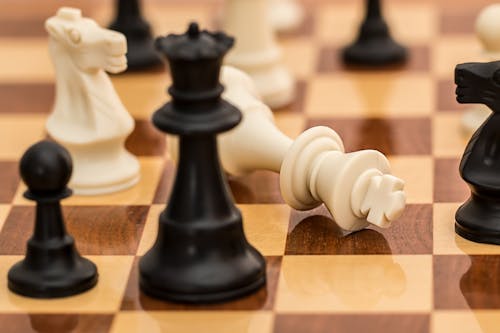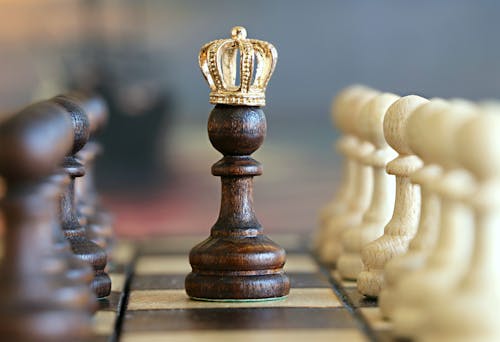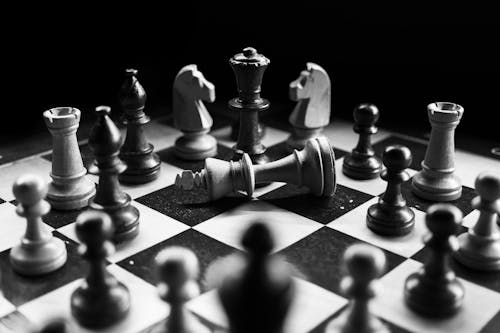Chaturanga is an historic Indian board game commonly known to be the ancestor of some other board games such as chess, shogi, sittuyin, and makruk.
Chaturanga a strategy game, is first known from the Gupta Empire in East India around the 6th century. It was then adopted as chatrang (shatranj) in Sassanid Persia in the 7th century, which was the form of chess that was brought to medieval Europe.
The exact rules of the ancient game chaturanga are unknown. Historians believe that the game had rules similar to the rules of its successor, shatranj. There is uncertainity, particularly with the moves of the elephant or gaja.
The rules of shatranj began changing in southern Europe around 1200, and around 1475, several other major changes made the game more or less as we know it today. The modern rules for the basic moves were initially adopted in Italy and Spain. Towards the end of the 14th century, the vizier coin was replaced by the queen which became the most powerful chess piece by the end of the 15th century. With time, modern chess was referred to as "Queen's Chess" or as "Mad Queen Chess".
Modern day chess is an epic game, with the chessboard being like a battlefield and two sets of pieces belonging to the two contending armies, and the two rival players think in terms of attack, defence, capture, threats, ambushes and tactics. The game is full of such war-fight activities which seem like a real combat. The game is purely of Indian origin and a creation of great Indian Masterminds.
- Uditi Naagar





No comments:
Post a Comment